Hand-Raising Grey Treepie Chick
Following my dramatic (and heartbreaking) encounter with the Grey treepie (Dendrocitta formosae) three years ago, I kept hoping to find an opportunity to take a good photo of this stunning predator. The chance finally presented itself earlier this week. But it wasn’t exactly as I envisioned it; instead of sighting the bird in a not-too-distant place and in a good light, as one always hopes with any wildlife, I chanced upon one helpless little baby treepie right on the side of a paved road while I was riding by on a bicycle!
Of course, I had never seen a baby treepie before, so my first thought was that it had to be a Javan mynah, one of the most common species (an introduced one) in this area of southeastern Taiwan. I dismissed the idea once I looked at the colour of the bird’s legs – mynah’s yellow legs and feet contrast brilliantly with their black feathers, while this bird had very “ordinary” blackish feet. My next guess was for a shrike, maybe the non-migratory Long-tailed shrike, which is a stocky bird with an impressive beak and similar feather colours. But the little guy lacked the shrike’s characteristic “pirate’s band” over the eyes, while its young beak looked even more predatory than any shrike could ever possibly hope for.
Eventually I settled on Grey treepie. I am still not 100% sure, of course, but I’ve had the bird for four days now and the more I observe it, the more it reminds me of the looks and behaviour of the adult members of this species which can be seen regularly in the area around my house. It’s always a fantastic sight – and sound, as the bird often produces an ear-pleasing metallic song that is as unmistakable and unique as it gets in the avian fauna. And there are still the colours of its feathers and its impressively long tail – those are lovely to look at too!
But let me get back to the little fellow sitting on the tar, completely oblivious of the grave danger he was in. He seemed to be quite happy to see me, showing no signs of fear and making no attempt at running away into the bush. So I picked him up and put him into my backpack. It was a short ride to my house and I did it fast, not wanting to give the chick unnecessary stress. Once at home, the usual questions started surfacing in my mind. Did I do the right thing to bring him home in order to try to hand-raise him? Would it not have been better if I had left him where he was? Then again, once a young bird falls out of its nest, the chances of its survival are, statistically speaking, close to zero. So if the chick happens to die while in my care – well, at least I made an effort.
Fortunately, after four days in my care, I am starting to feel cautiously optimistic about the young treepie’s chances of survival. The baby bird has adapted well, he reacts positively to my presence and he eats with passion. I feed him a mixture of baby bird powder, cooked chicken meat and pieces of boiled egg. It’s very easy to feed the young guy – he happily cooperates by opening his surprisingly large mouth whenever he is hungry, but once he’s had enough, he keeps his beak firmly closed. He needs to be fed regularly throughout the day. He still cannot fly, but has started making first clumsy attempts at getting airborne. He is friendly, active, easily excitable and quite fearless in his behaviour. He hops along the ground, keenly observing the surroundings and giving out low-volume, but persistent calls. He looks happy, especially when I am around.
So far so good. I would feel proud if I were able to bring this extraordinary bird to his adulthood and release him back into nature. There are lots of birds in Taiwan, whether permanent residents or migrants, but this one (an endemic subspecies due to its unique colouration) has to be one of the most spectacular of them all. While not uncommon and certainly not endangered, it’s always a great feeling to be able to save a fledgeling member of this elegant species. And it’s a lot of fun too…
(This page has been viewed 153 times.)
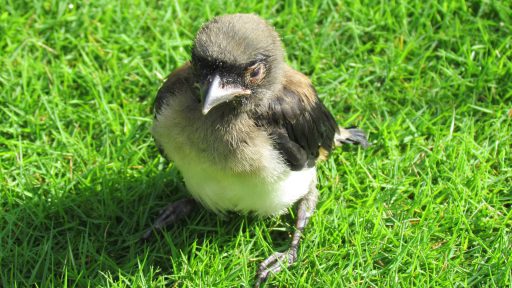
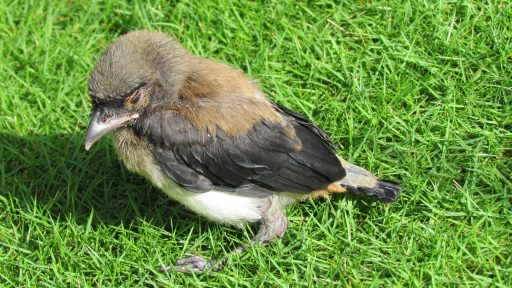
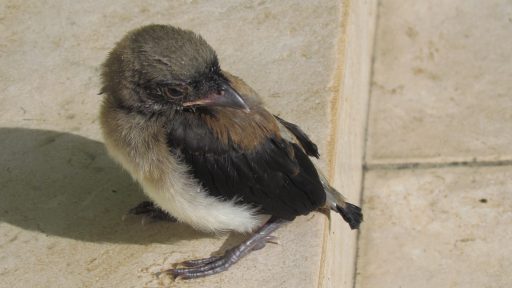
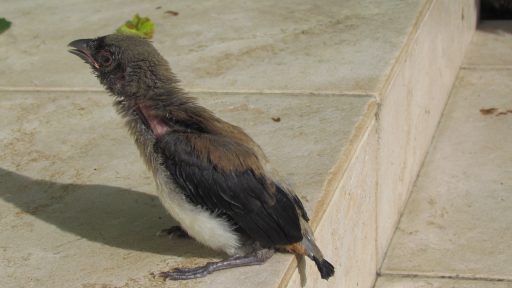
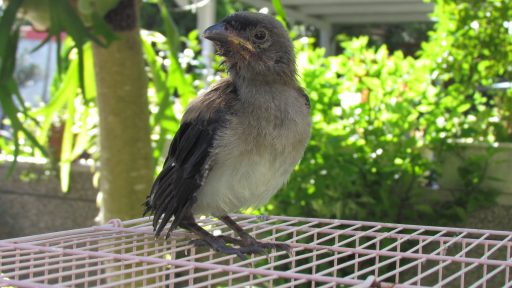
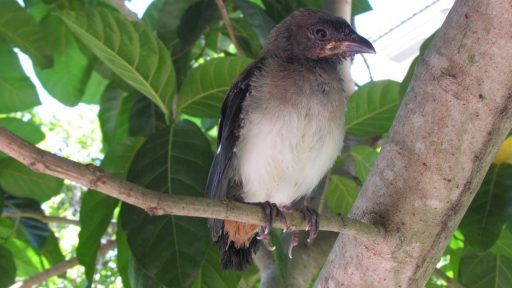
Leave a Reply